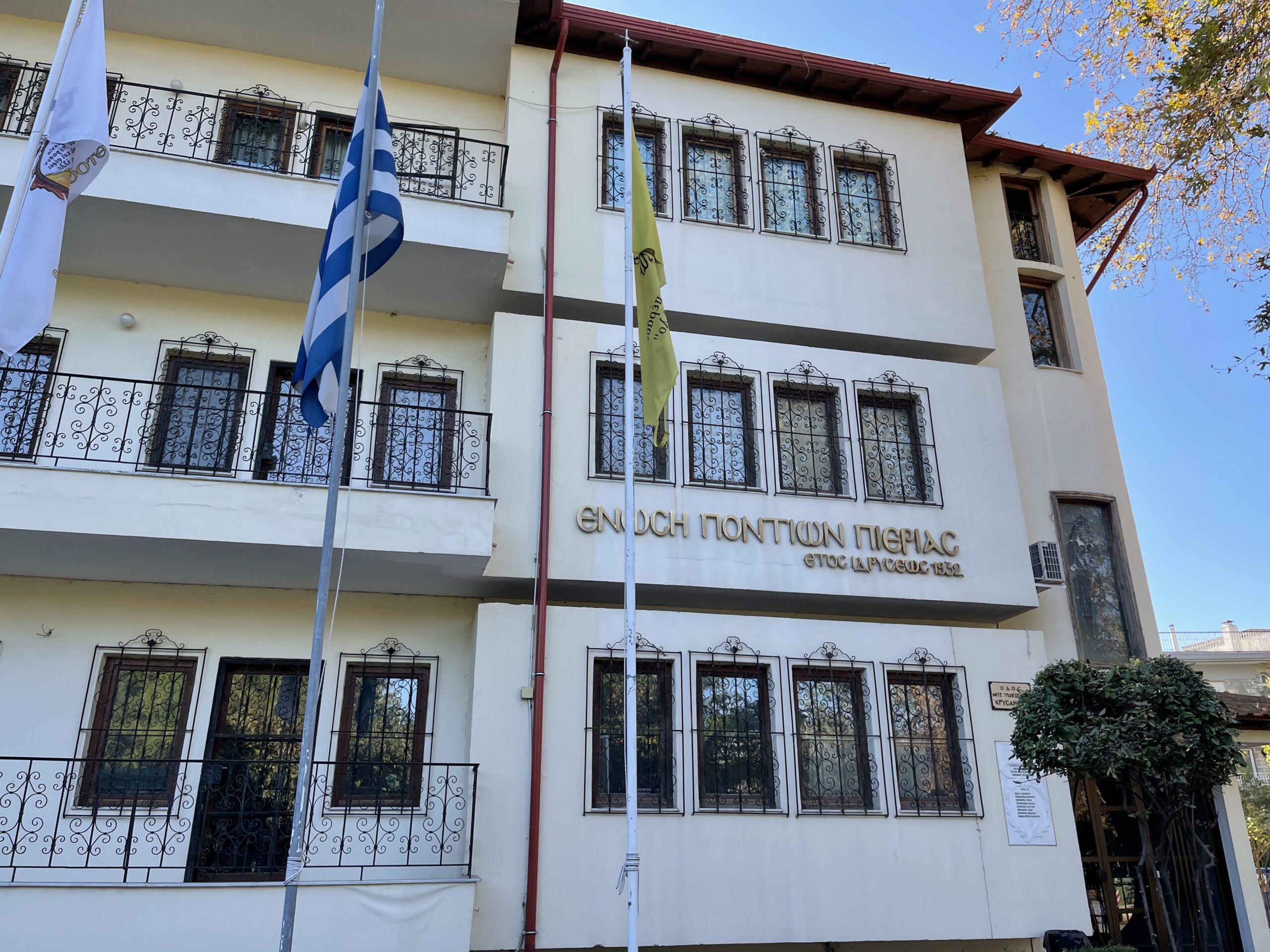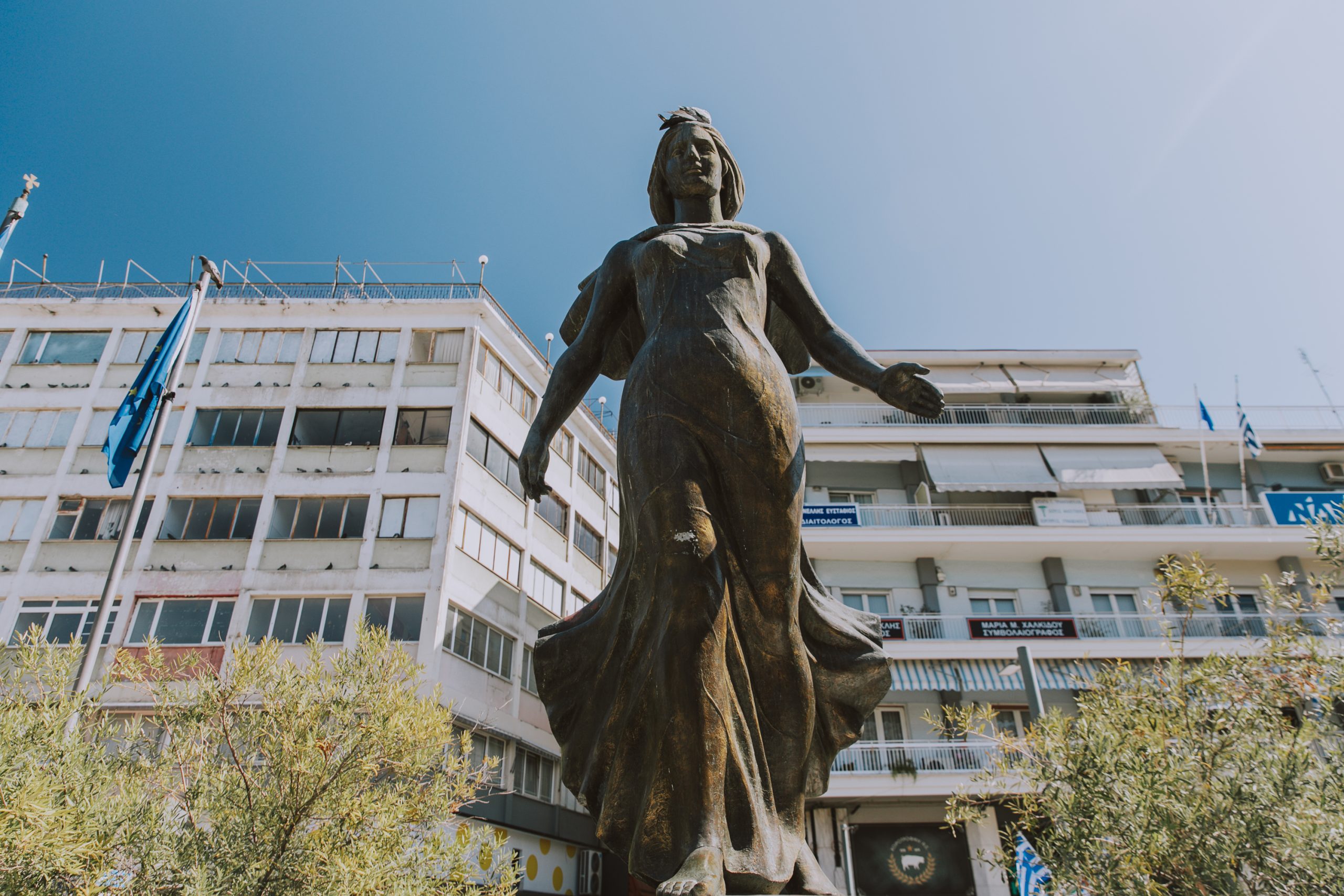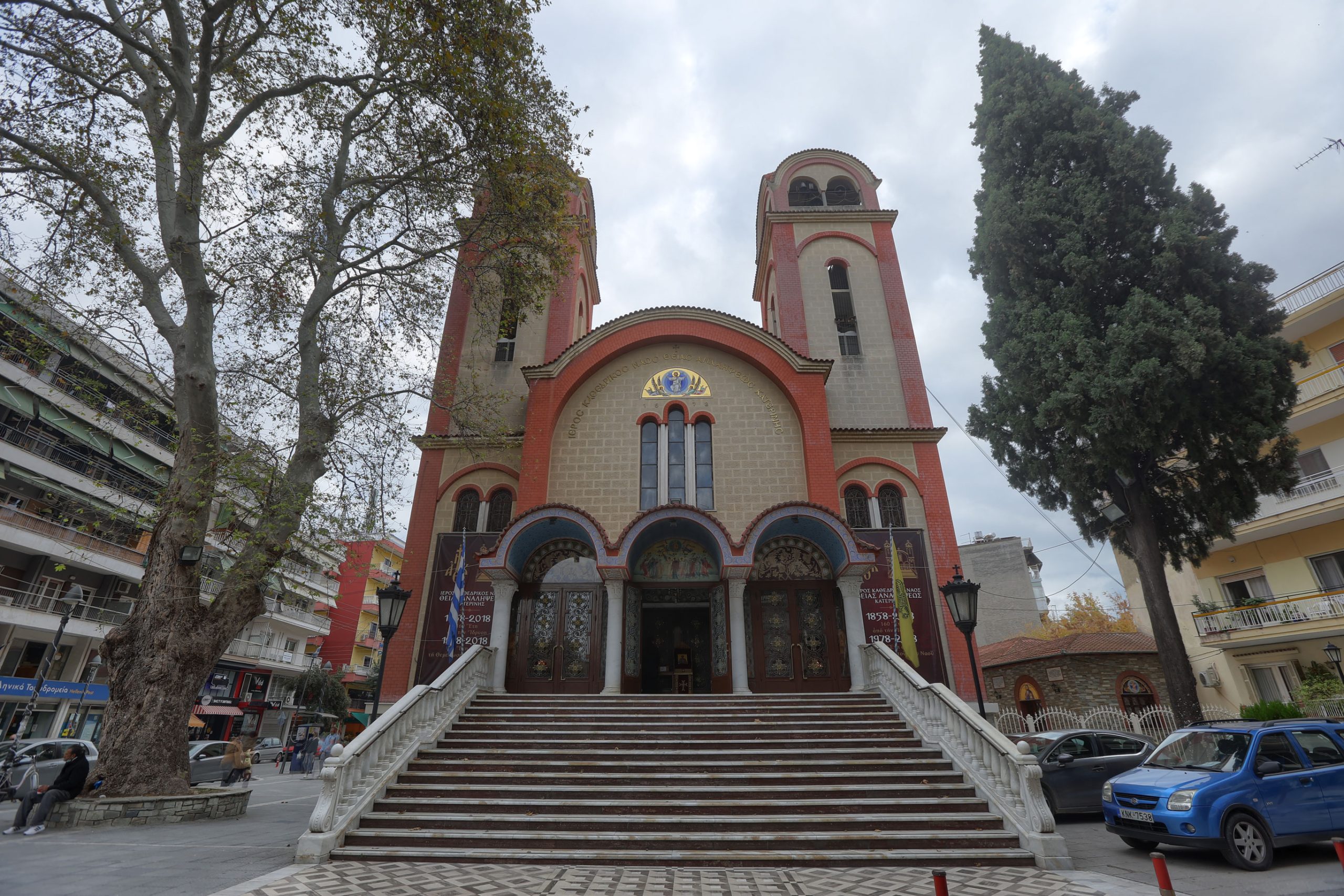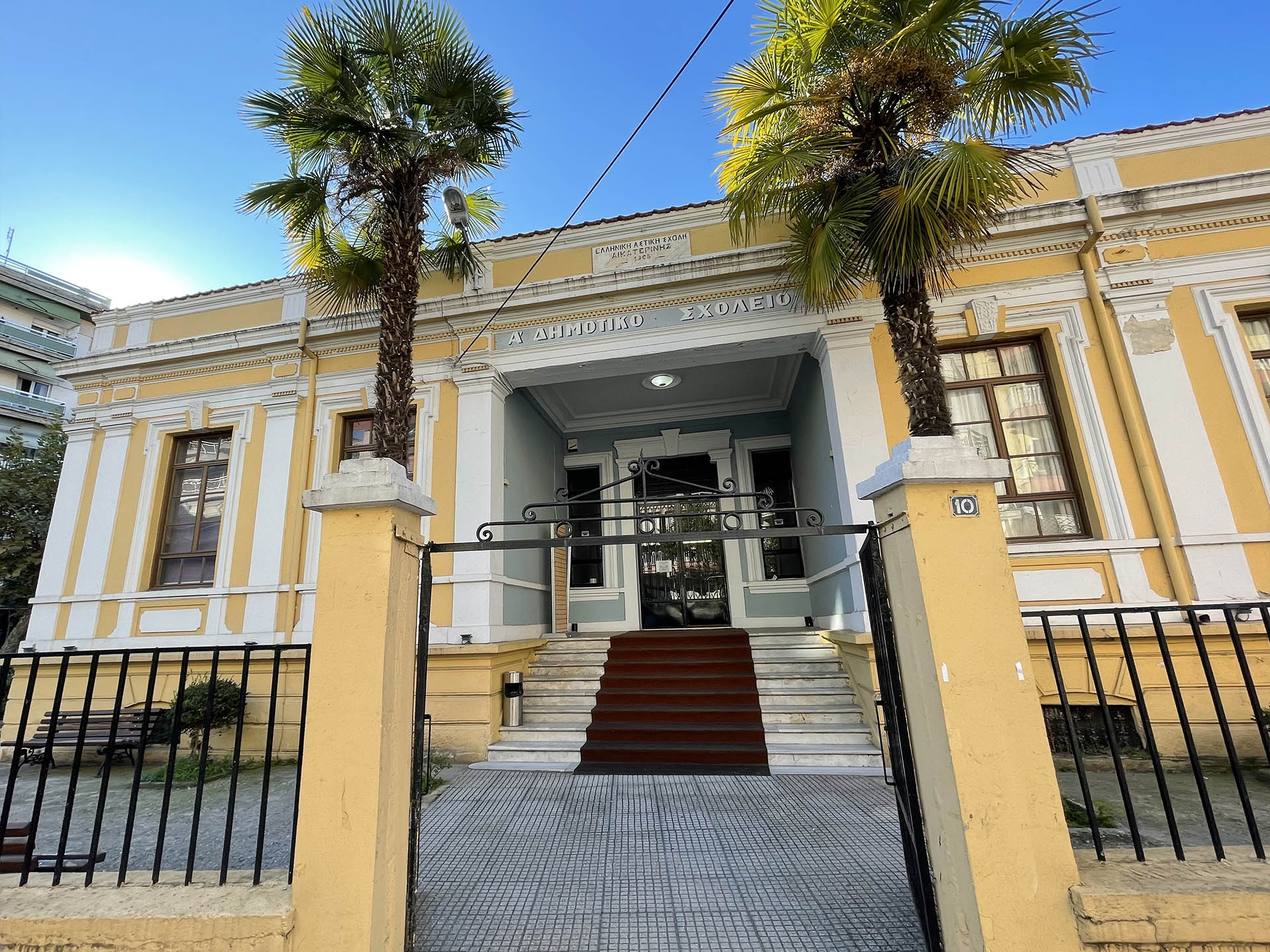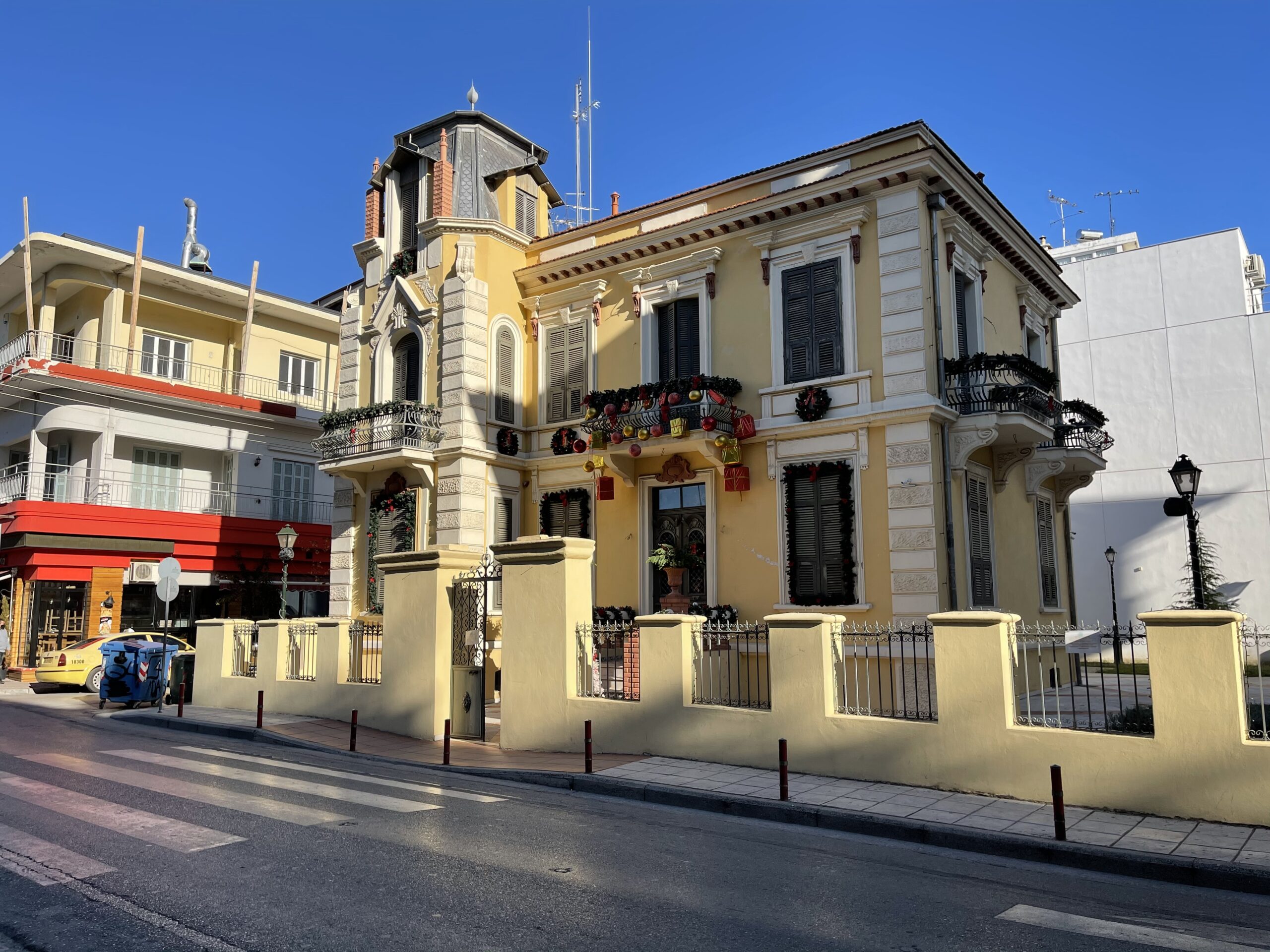The establishment of the Evangelical Church is a very important part of the history of Katerini, as it coincides with the establishment of the Evangelical Settlement of the city, which was created during the period of refugee rehabilitation after the Asia Minor Catastrophe, and specifically, in the fall of 1923.
According to historical writings, the Evangelical refugees, mainly from Pontus, but also Asia Minor, after their arrival in Greece, decided to gather in a specific region of Macedonia, establishing their own purely evangelical rural settlement. Katerini was initially chosen as such a place, specifically the area of Cherkez Mahala. A choice that was not accidental.
From a geographical and commercial point of view, Katerini was considered the most suitable, due to the fertility of the soil, the proximity to Olympus and the Pieria Mountains, as well as the location of the city, which was along the Thessaloniki-Athens railway line.
Τhe Evangelicals, as well as the rest of the refugees, constituted a new population element for the region of Pieria, however, they were called to overcome the differences they had in the Christian doctrine. In other words, they are Pontic Evangelical communities, the fruit of the activity of Calvinist missionaries who operated in the 19th century on the borders of the Ottoman Empire.
With the gathering in the city of about 100 Evangelical families, the Refugee Group was formed, which was recognized by the Settlement of Katerini, which fell under the General Directorate of Macedonia. This group was authorized to establish the settlement on an area initially of 6,000 m2, to which another 1,700 m2 was later added, and to distribute the agricultural lands intended for the landowners of the group.
On block no. 39 of the City Plan of Katerini, in the center of the Settlement, the Evangelical church was erected in 1925, just two years after they settled in the area, with its official inauguration taking place on May 9, 1926.
However, only four years later, specifically, on March 23, 1930, the church was destroyed by a fire that, according to the Evangelicals, was caused by arson. Thus, the new church was shaped as a three-aisled basilica with a mezzanine, features that the old building did not have.









